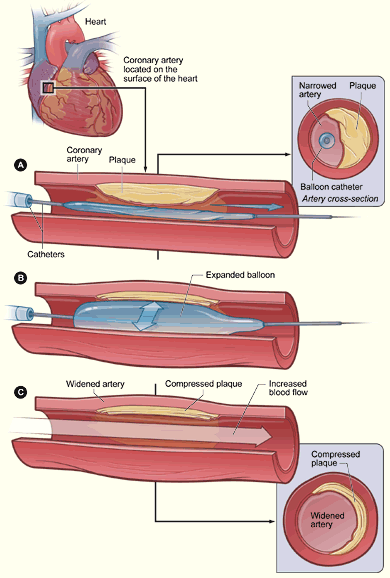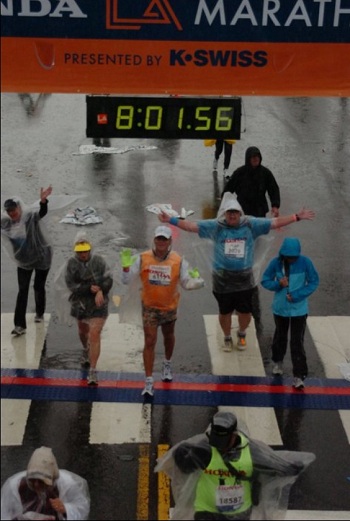For Smokers Seeing Arterial Plaque Makes No Difference on Whether They Quit Smoking
Posted on
Coronary artery plaque in the heart
If you were a smoker, would seeing an image of plaque building up in your neck artery help you quit?
That was the central question posed by a study of 536 smokers recently published online by the Archives of Internal Medicine. Researchers wanted to know whether using ultrasound images of the carotid artery could serve as a “teachable moment” and improve quit rates when added to an intensive smoking-cessation program.
Plaques in the carotid are a predictor of cardiovascular disease risk, explains Nicolas Rodondi, a professor at the University Hospital Inselspital, in Bern, Switzerland, and an author of the study. But screening for the plaques has been controversial, because it’s not clear whether it actually improves health.
The smokers — who were between 40 and 70 years of age and smoked an average of a pack a day — were randomized into two groups. One received carotid plaque screening, and the other didn’t. Both then participated in a one-year smoking cessation program that included six 20-minute individual counseling sessions and nicotine replacement therapy.
At the end of the year, the researchers got a surprise: the quit rates were high, but there was no significant difference between the groups (24.9% in the screening group and 22.1% in the non-screening group). Nor was there a difference in quit rates between the screened folks who had and did not have plaques.
Maybe this communication was not sufficient of a “teachable” moment. Or, maybe these folks were motivated to quit smoking, in any case.
Do smokers really need to be scared? Or, do physicians and dentists need better communication tools?
I would say the latter.
Watch the video below and weigh in with your thoughts in the comments section.


